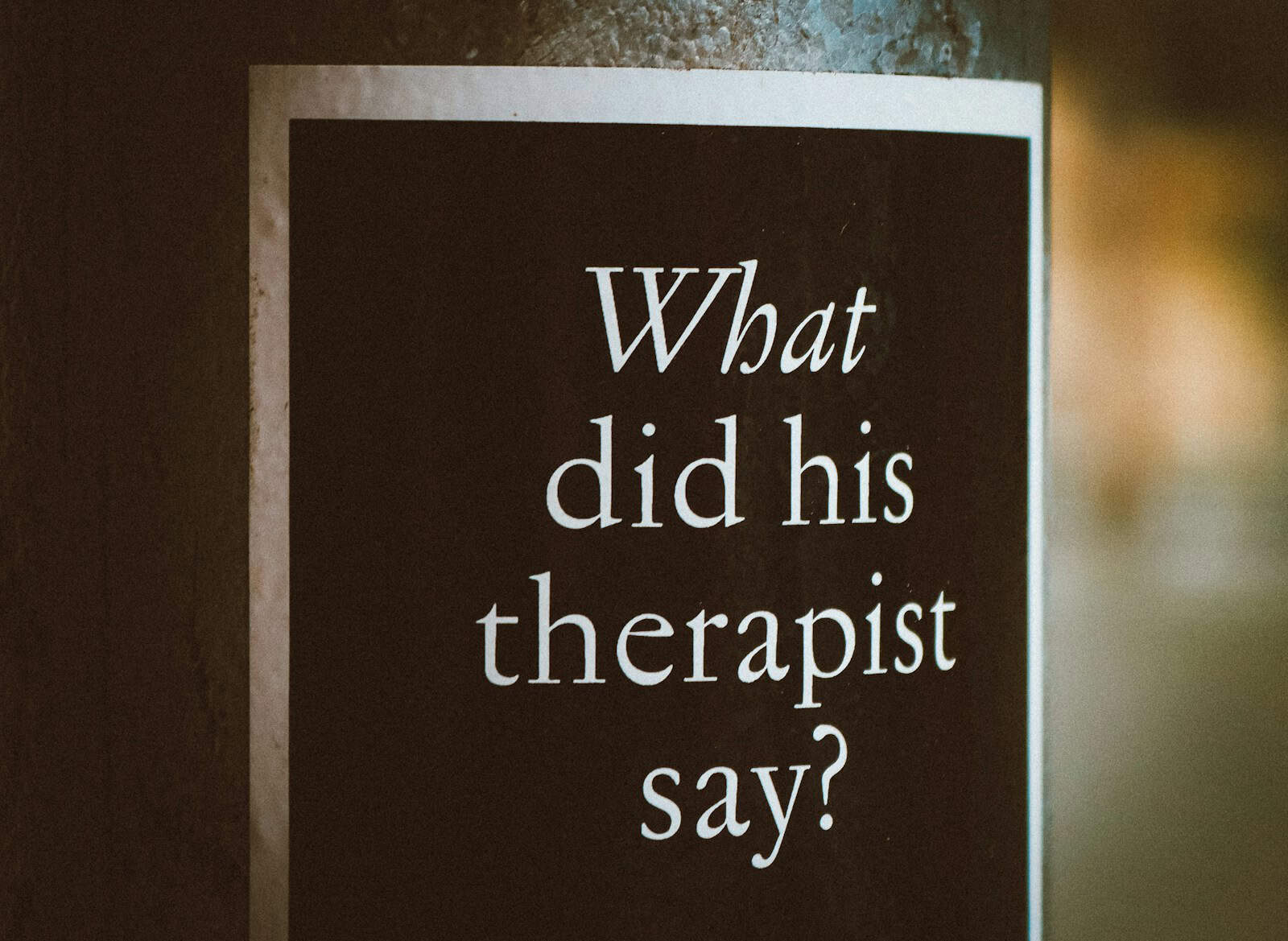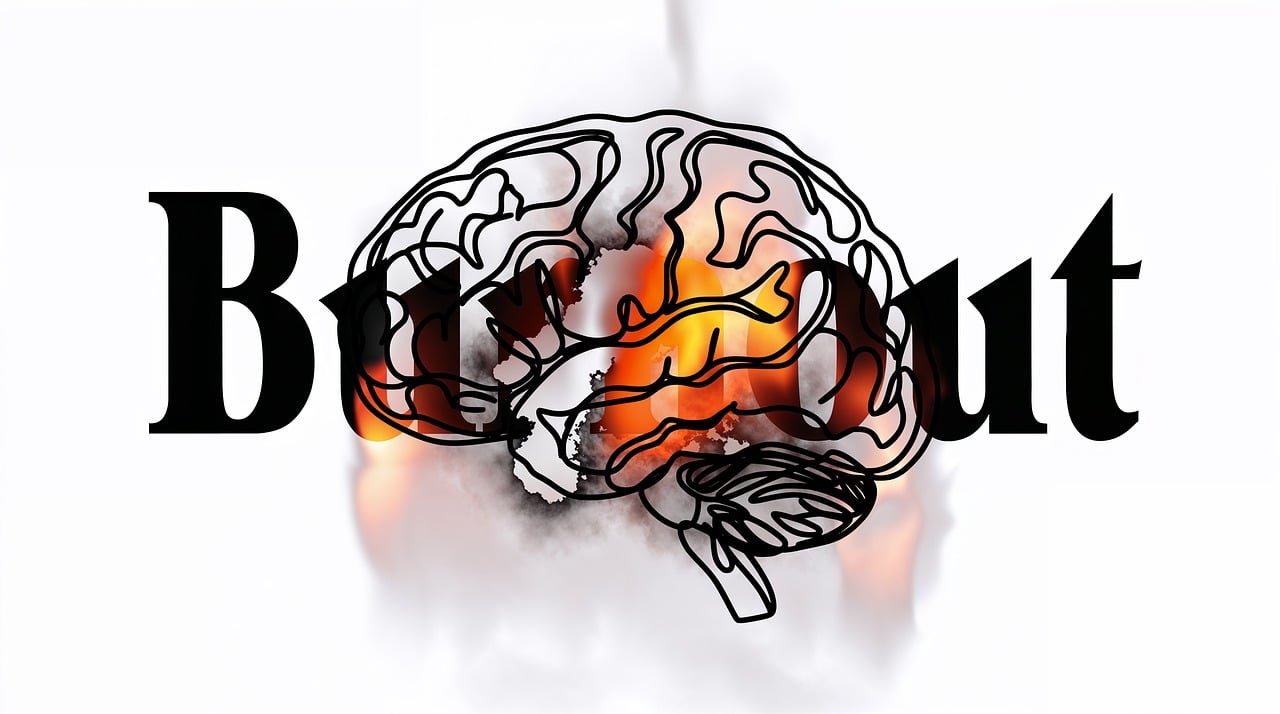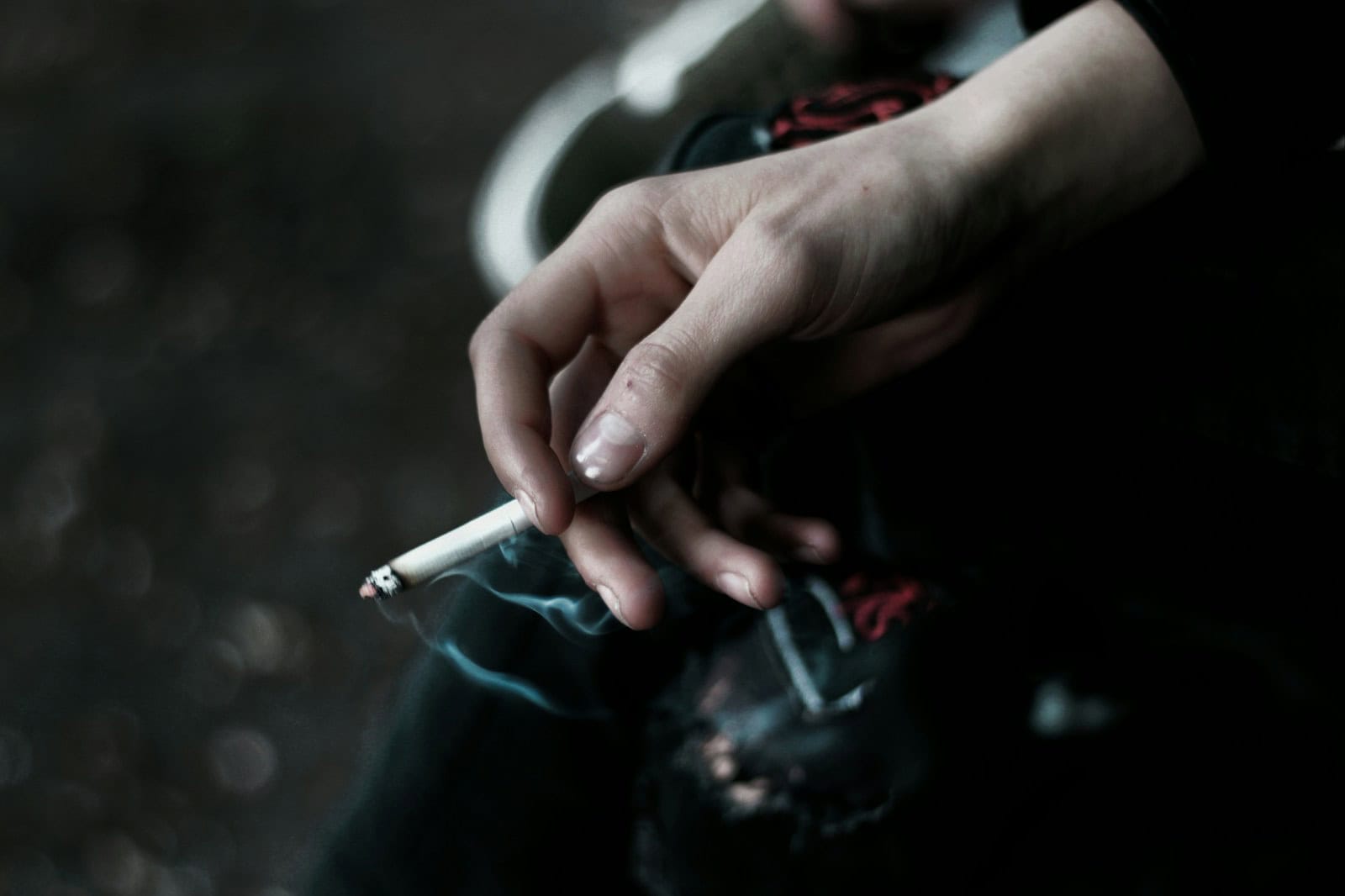Unhealthy Behaviors Explained: What They Are and How to Overcome Them

People do the strangest thing when they realize they’re stuck in unhealthy behaviors. They blame themselves, beat themselves up instead of understanding the science behind these patterns.
If you’ve tried and failed multiple times, you’re not alone. You’re just missing the real story about how these behaviors work.
What Unhealthy Behaviors Really Are
Research shows that unhealthy behaviors are actions that hurt your physical or mental health. These include obvious examples like smoking and drinking. But also sneaky patterns like endless scrolling and emotional eating. These kind of behaviors might not get the same level of headlines, but they are super unhealthy
These behaviors don’t happen because you’re weak or broken. They happen because your brain is trying to solve a problem. The problem is, it’s using solutions that hurt you in the long-term.
Yes, every unhealthy behavior serves a purpose. That phone scrolling? It’s trying to give you connection or escape boredom. The stress eating? It’s offering comfort when everything feels overwhelming. The work addiction? It’s providing worth and identity.
The science tells us these behaviors share key features. They give instant rewards but the real cost, is delayed. They become automatic over time. And they cluster together – one unhealthy behavior often triggers another.
With this clicking into place, it can be the missing piece for creating real change. Instead of fighting against your brain, you can work with it. You can redirect these patterns toward things that actually help you.
Why These Patterns Stick Around
Science shows that unhealthy behaviors persist for reasons that go way beyond willpower.
 The Habit Loop Every behavior follows a simple pattern: trigger, action, reward. Each time you complete this loop, your brain strengthens the pathway. This makes the behavior more automatic and harder to change.
The Habit Loop Every behavior follows a simple pattern: trigger, action, reward. Each time you complete this loop, your brain strengthens the pathway. This makes the behavior more automatic and harder to change.
Think about evening phone scrolling. Sitting on the couch triggers the urge to reach for your phone. The scrolling gives you entertainment. Your brain learns: couch = phone = good feelings. Soon it happens without thinking. Auto pilot
Your Environment Our environments work against us. Kitchen pantries filled with junk food all easy to grab without thinking. Phone notifications going off constantly. Bedroom setups that encourage late-night scrolling.
Most people live in spaces perfectly designed for the behaviors they’re trying to change. No wonder willpower alone doesn’t work.
Emotional Needs Many unhealthy behaviors serve as emotional tools, they meet a need. Ways to cope with stress, boredom, loneliness, or other uncomfortable feelings. This explains why willpower alone usually fails. When you don’t address the underlying need, the behavior just comes back.
Ever notice how your unhealthy behaviors spike during emotional stress? That’s not coincidence. These behaviors become makeshift solutions to real emotional problems. An increase in stress causes you to fall back into habitual patterns to cope.
Common Unhealthy Behaviors and What They Mean
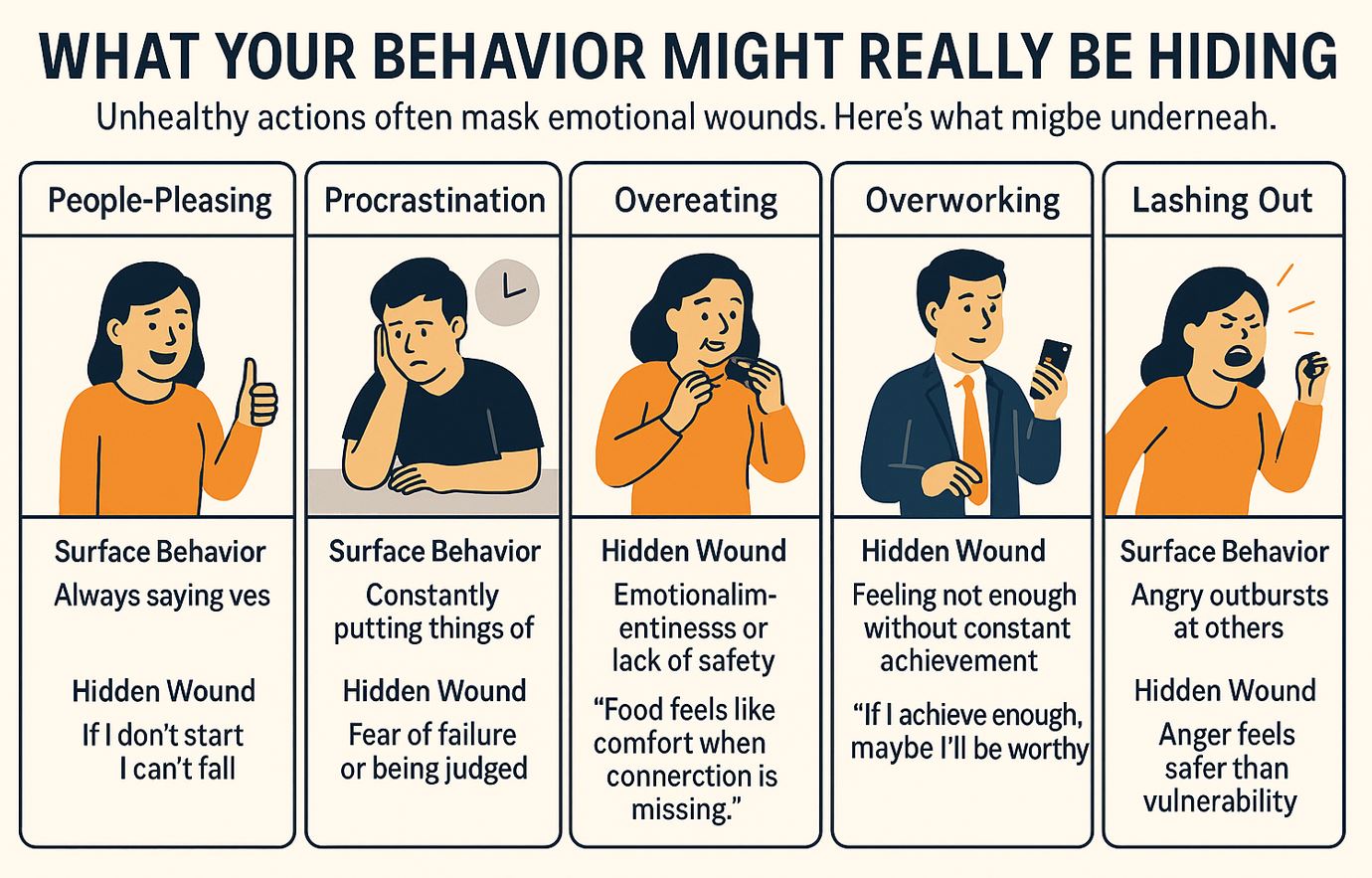 Let’s look at some widespread patterns and what needs they’re trying to meet:
Let’s look at some widespread patterns and what needs they’re trying to meet:
Digital Addiction Digital habits serve as escape from uncomfortable emotions. The constant stream of new content provides quick dopamine hits. These temporarily relieve worry, boredom, or loneliness.
Walk around any city and see people sitting together in cafes. Each staring at their phone instead of talking. There’s no real connection happening.
Problem Eating Emotional eating often works as self-soothing. Foods high in fat and sugar trigger feel-good brain chemicals. These temporarily ease stress or negative emotions.
Putting Things Off Putting things off isn’t at all about laziness. It’s about emotional management. People avoid tasks not because they can’t do them, but because starting triggers uncomfortable feelings like worry or self-doubt.
Sleep Problems “Revenge bedtime delay” happens when days feel hijacked by external demands. Those late-night hours become precious territory for reclaiming freedom. Even at the expense of health.
Social Isolation Social withdrawal can develop as protection against perceived threats like rejection or judgment. But since humans need connection, this strategy often backfires. It leads to increased loneliness and distress.
The Brain Science Behind These Behaviors
Understanding brain science helps explain why these patterns feel so automatic.
Habit Brain vs Decision Brain Your brain has different systems for automatic behaviors versus deliberate choices. Habits get stored in areas that operate with minimal conscious input. This is why unhealthy behaviors can feel like they’re happening on autopilot and so normal
Did you know that research shows that habitual behaviors actually require less brain energy than new behaviors. This explains why they feel “easier” and why change requires sustained effort.
Brain Flexibility The good news? Your brain can form new connections throughout your life. No habit is permanently wired, you are not stuck. Changing these old patterns requires consistent practice. But it’s absolutely possible.
Dopamine’s Role Dopamine drives “wanting” more than actual pleasure. This explains why the urge for an unhealthy behavior can be powerful. Even when the experience doesn’t deliver much satisfaction.
For a detailed overview of common unhealthy behaviors and their psychological roots, visit this guide from Psych Central.
A Framework for Change
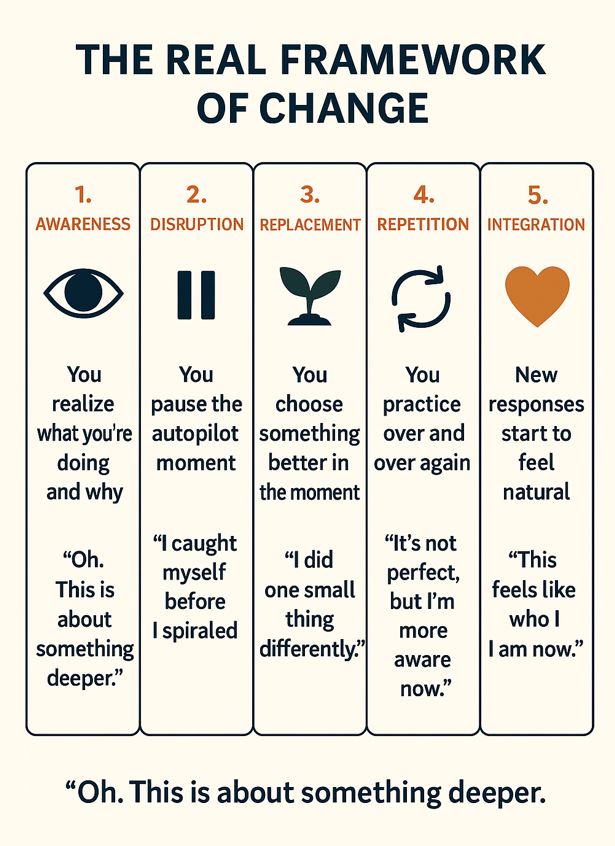 Let’s explore a practical approach that works with your brain’s natural tendencies:
Let’s explore a practical approach that works with your brain’s natural tendencies:
Morning Clarity Begin each day with intention rather than reaction. Five minutes of mindful planning creates a foundation. This helps you recognize behavior triggers throughout your day. Take 5 deep belly breaths, become present, this is a great way to ground yourself in the now.
Keep a simple journal by your bed. Before checking devices, write down the behavior you’re working to change. Note potential triggers for today. Plan one alternative response you’ll try.
Environment Design Your surroundings shape choices more than willpower ever could. Remove triggers rather than trying to resist them. Make healthy options more convenient than unhealthy ones.
Carry out an audit of your homebase or maybe get a friend to do it for you, objectively. For each unhealthy behavior, identify environmental cues that trigger it. Create friction between you and these triggers. Reduce friction for desired alternatives.
Trigger Planning Most relapses happen in predictable situations when defenses are low. Rather than hoping you’ll make good decisions, plan your responses ahead of time.
Create specific if-then plans: “If I feel stressed after work, then I will take three deep breaths before deciding what to do.” This bypasses the need for willpower in vulnerable moments. If you know when you get triggered, you can create a cheat sheet to help you in those situations.
Track Progress Focus on process metrics rather than perfect outcomes. How often did you notice a trigger before automatically responding? How quickly did you recover from slips? This creates a growth mindset instead of shame.
Evening Reset Use the time before sleep to do a day review. Ask three questions: What triggers did I encounter? What worked well today? What would make tomorrow easier? End with self-compassion rather than judgment.
Tools That Actually Work
Through years of testing different approaches, certain methods prove genuinely effective:
Behavior Mapping: Track when the behavior happens and what comes before and after. Look for patterns across multiple instances. This is really eye opening
Root Cause Analysis: Ask what underlying need this behavior meets. Is it providing emotional comfort? Social connection? Stress relief?
Alternative Strategies: Once you know the need, design healthier ways to meet it. For stress relief, try movement or breathing exercises. For connection, call a friend.
Self-Compassion: When you slip up, respond with kindness rather than criticism. This breaks the shame cycle that often perpetuates unhealthy behaviors.
For Anyone Currently Struggling
Your unhealthy behaviors aren’t character flaws. They’re solutions to problems you may not even realize you’re trying to solve. By identifying and addressing these underlying needs, you work with your brain instead of against it.
Every time you approach behaviors with curiosity rather than judgment, you create new pathways. Every time you address a deeper need, you dismantle part of the pattern. Every time you respond to setbacks with compassion, you break cycles that keep these behaviors alive.
The path isn’t about becoming perfect. It’s about becoming more conscious and skilled at meeting your genuine needs. In ways that truly serve your wellbeing.
Which of these behaviors resonates most with your experience? What aspect of the framework speaks to you most?
The Hidden Pain Behind Toxic Traits: Where They Come From (Part 2)


